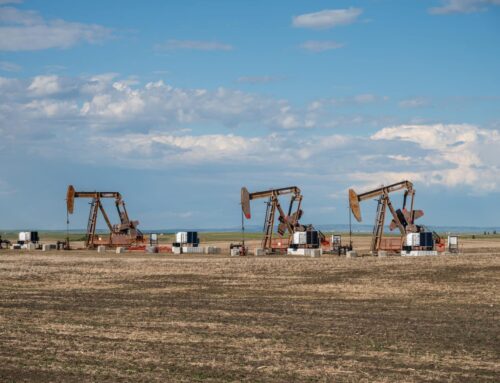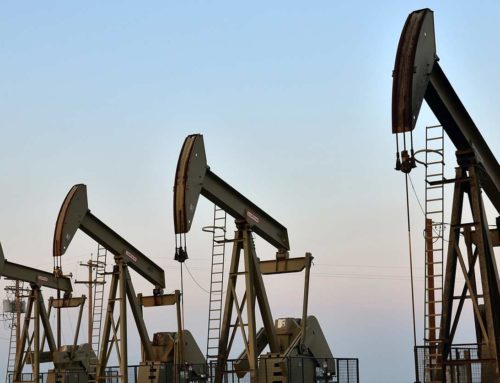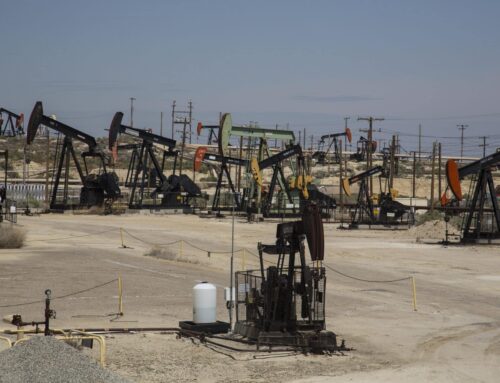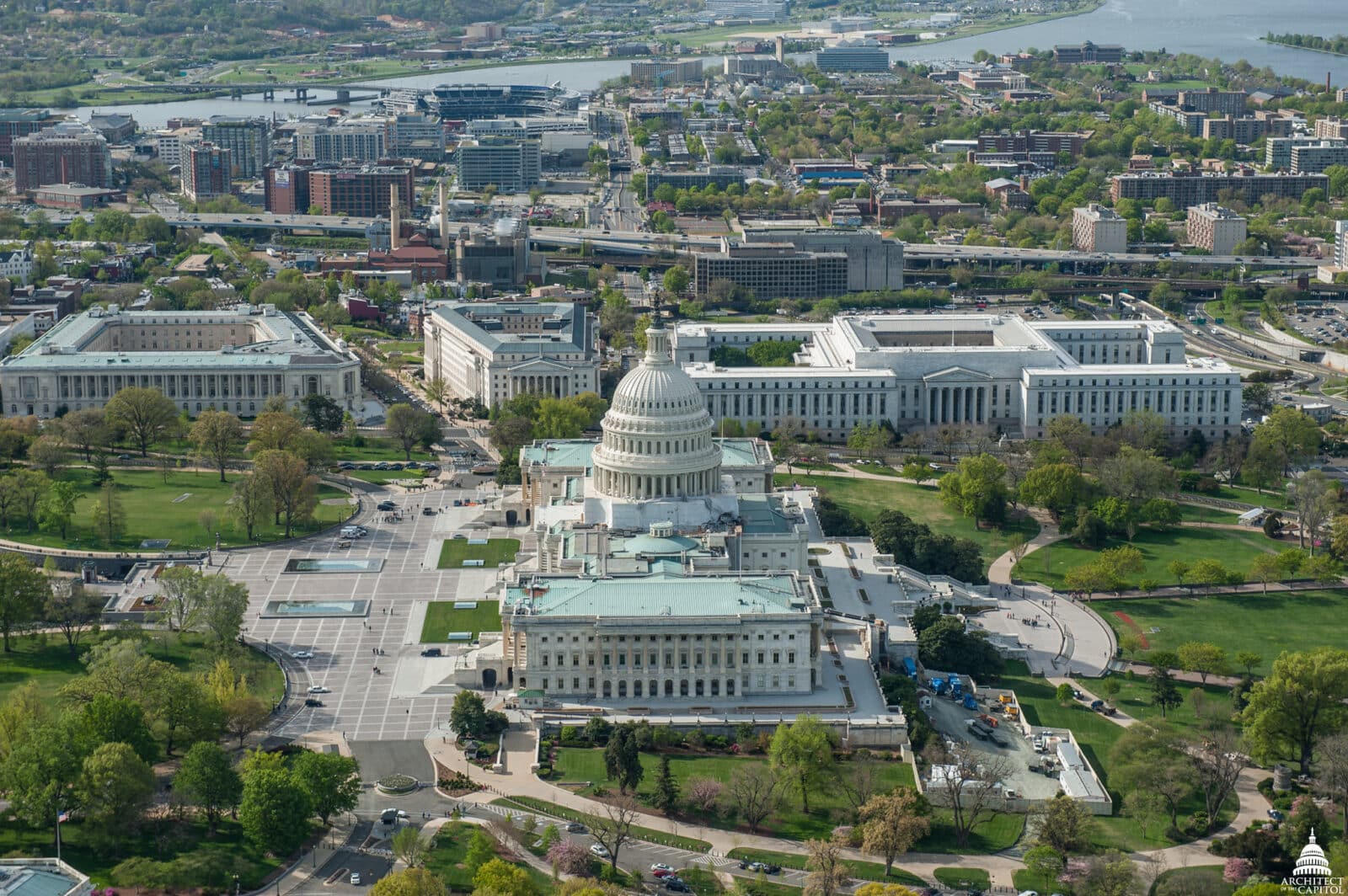A few weeks ago, I wrote about Secretary Sally Jewell’s comments on the need for the Department of Interior to get a fair market return for the development of federal coal. I saw these remarks as a hopeful sign that the department was finally going to fix some of the longstanding problems with the federal coal program. Being fiscally responsible means valuing taxpayer-owned resources fairly, and the nation’s minerals, timber and other natural resources are some of our greatest public assets.
This Friday marks the close of the public comment period on a series of changes the Interior Department is proposing to the coal program. The current regulations are more than 25 years old. The proposed changes are the devilish details underlying Jewell’s sweeping rhetoric about ensuring a fair return to taxpayers, and, while the proposal has some good elements, there is still a lot of work to do to get these details right.
The good news is that, in theory, the proposed rule closes one loophole that shortchanges taxpayers out of royalty payments due for mining federal coal. Under current rules, the value of the coal may be set between two entities with interlocking ownership, allowing these affiliates to collude and set a lower price to reduce royalties owed. Recent reports have highlighted the extent to which coal companies have integrated to include mining, transportation and marketing functions.
But, unfortunately, the proposal to address these “non-arms length” sales, as they're known, will have no revenue impact for taxpayers. So does it really fix the problem? The federal coal program has been repeatedly criticized by offices like the Government Accountability Office and the Inspector General at the Interior Department for failing to capture a fair return for taxpayers. This one rule change can’t fix all the problems, but it can do more to close the gap.
The proposed rule changes fail taxpayers by ignoring the problems with existing arm's-length coal sales. Federal coal that is technically sold at arms’ length at the mouth of the mine, to a broker for example, and then transported to consumers and sold at a much higher price is just as likely to be undervalued for the purposes of charging royalties. The rule does not propose any changes to these types of sales.
Revenues from the collection of royalties represent one of the largest non-tax income sources for the federal government. Yet, the Interior Department’s coal leasing program continues to fall dramatically short for taxpayers. A recent coal sale valued federal coal at only $0.36 per ton. By contrast, U.S. utilities reported buying coal to produce electricity at an average of more than $40 per ton from 2009-2013, according to the most recent data. The problems are deep, systemic and run all the way from the leasing process to the power plant.
In other words, the Interior Department needs to do more if it is going to fulfill Jewell’s goal of achieving a fair return for taxpayers from the mining of federal coal, and this is one chance to do that. With these rule changes, the department has to anticipate how coal production will grow and change in the next 25 years, including increasing demand overseas. Otherwise, this round of reforms – as welcome as they are – will not keep up with market forces and result in several more decades of taxpayer losses.













Get Social